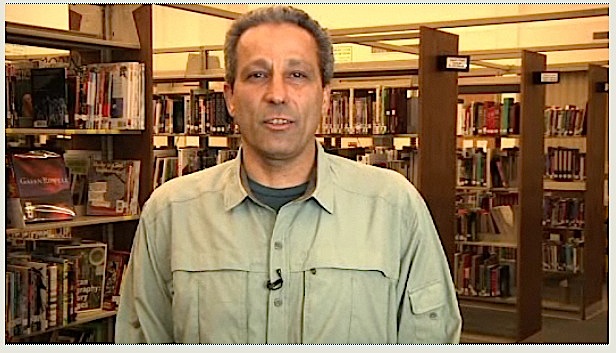 |
| Courtesy Getty Images' Reportage |
Most of the rickshaw pullers are impoverished Biharis, who come to Kolkata to earn money to feed their families back in Bihar. Some describe their lives as "cursed". with most of their earnings going to rent the rickshaw itself, leaving almost nothing for their families.
I love these black & white environmental portraits, and as documenting rickshaw pullers will be one of the aims of my Kolkata Photo~Expedition/Workshop, I'll be providing this post's link to its participants.
Palani Mohan was born in Chennai, India, and moved to Australia as a child. His photographic career started at the Sydney Morning Herald newspaper, and since then he has been based in London, Hong Kong, Bangkok, and now Kuala Lumpur. Malaysia.
His work has been published by many of the world's leading magazines and newspapers including National Geographic, Stern, Time, Newsweek, and The New York Times. He also published three photographic books. His work has been recognized with awards from World Press Photo, Picture of the Year, National Press Photographers Association, American Photo and Communication Arts. He is represented by Getty Images' Reportage Group in New York.





























